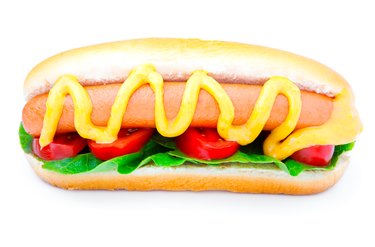
Many types of foods contain the chemical histamine, which can trigger an allergic reaction. While most people can process it without incident, those with sensitivity to histamine may experience a number of unpleasant symptoms. While you cannot completely avoid this chemical, avoiding or limiting consumption of particularly histamine-rich food sources can help.
Health Conditions
Video of the Day
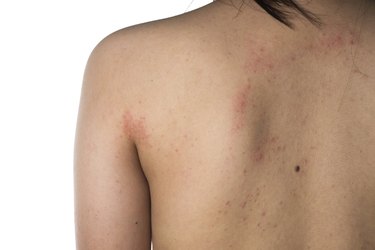
The inability to process histamine has been identified as a contributor to several health conditions such as eczema, anxiety and panic attacks, asthma, rhinitis and urticaria, more commonly referred to as hives. The British Allergy Foundation notes that studies have shown histamine might play a role in these conditions, and if you have any of them, eating a low-histamine diet might help reduce symptoms.
Video of the Day
Histamine Production
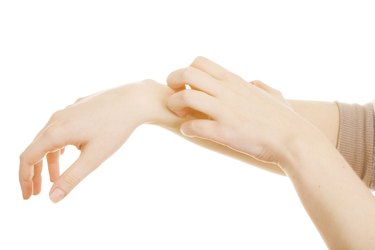
The enzyme diamine oxidase helps break down histamine during the digestive process. If you lack sufficient amounts of this enzyme, the histamine can build up in your system, resulting in allergy-like symptoms such as headache, rash, itching and vomiting.
Using Diet as Diagnosis
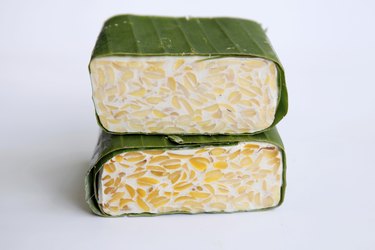
The British Allergy Foundation explains you cannot test for histamine intolerance the way you would for an allergy. This means the only way to find out if you would benefit from a low-histamine diet is to try it.
To determine histamine intolerance, doctors typically recommend refraining from high-histamine foods for two to four weeks to see if your symptoms improve. If you notice an improvement, you probably have an intolerance to histamine and you should continue eating in this manner.
Foods High in Histamine
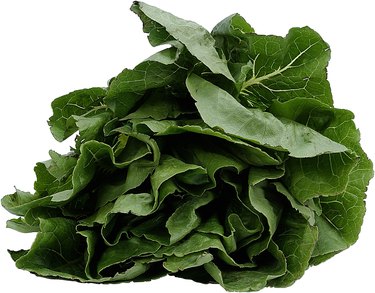
Any food or beverage that undergoes fermentation contains high levels of histamine, notes the International Chronic Urticaria Society. Examples include cheese--except cottage cheese and ricotta cheese--beer, wine, vinegar, pickles, sauerkraut, and fermented soy products like tempeh, miso and soy sauce.
Other foods naturally high in histamine include spinach, eggplant, fish, processed meats, eggs, chocolate, tomatoes, pumpkin, citrus fruits, berries, raisins, dates, apricots, cherries, peaches and prunes.
Other Foods to Avoid

Stay away from foods and beverages with artificial colorings, flavorings or preservatives; they contain chemicals that can trigger histamine production. Examples of preservatives include benzoates, sulfites, BHA and BHT.
Avoid the spices cinnamon, chili powder, cloves, anise, nutmeg, curry powder and paprika. Do not drink soda or tea.
Allowed Foods

While this diet might seem to eliminate many types of foods, you still have a wide variety of items available to you. The required elimination of many processed, commercial foods will probably prove the biggest challenge. Permitted dairy items include plain milk, ricotta cheese and cottage cheese. Choose bread and grain products made with unbleached flour. You can safely eat all vegetables with the exception of spinach, eggplant, tomatoes and pumpkin. Acceptable fruits include apples, bananas, grapes, figs, melon, kiwi, mangoes and pears. Eat only freshly cooked meats and poultry; do not eat leftovers as histamines build up in foods. You can have plain nuts and seeds and most legumes except soybeans and red beans. Acceptable beverages include water, coffee, juice from allowed fruits and vegetables and the alcoholic beverages rum, gin and vodka.